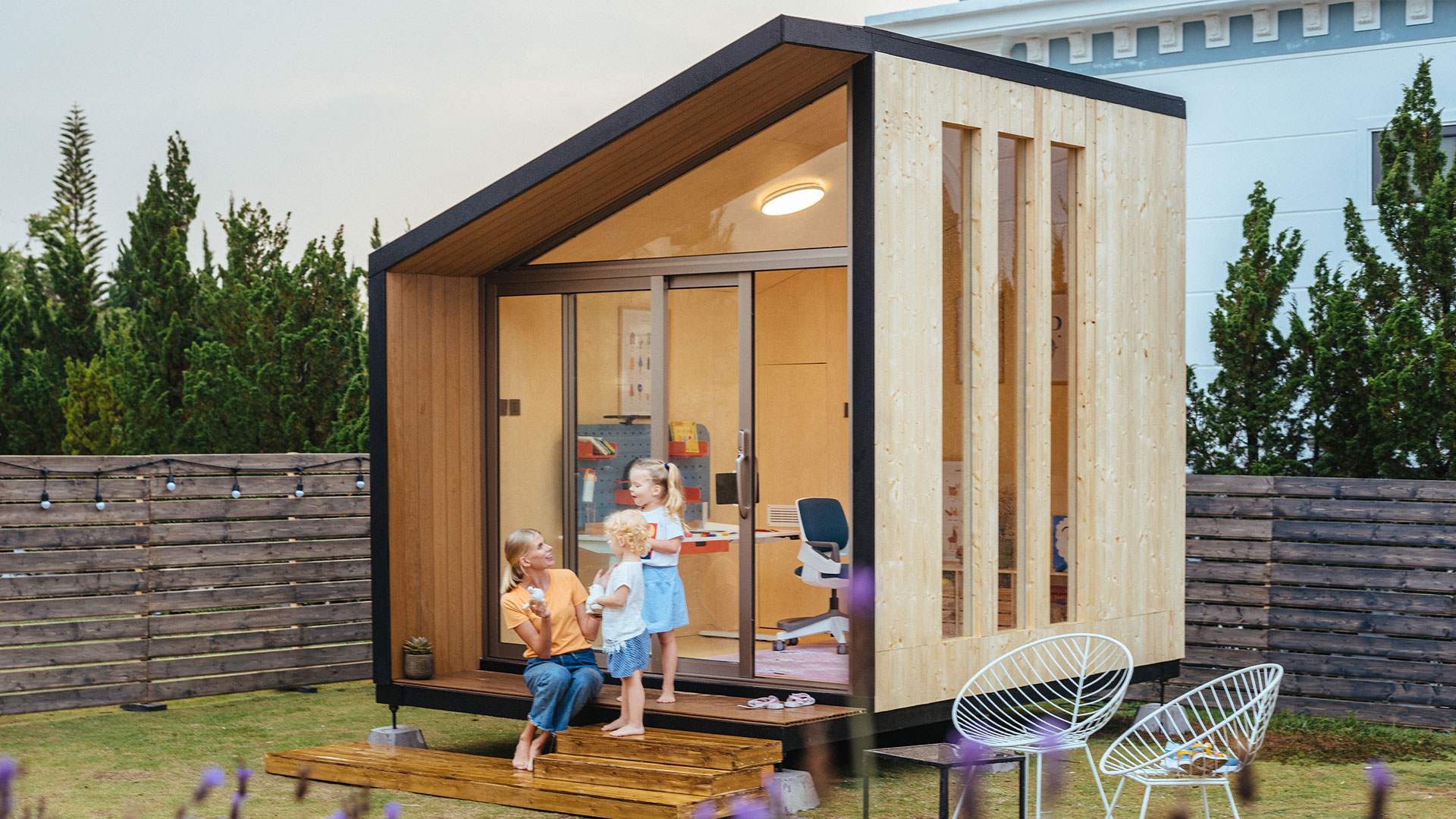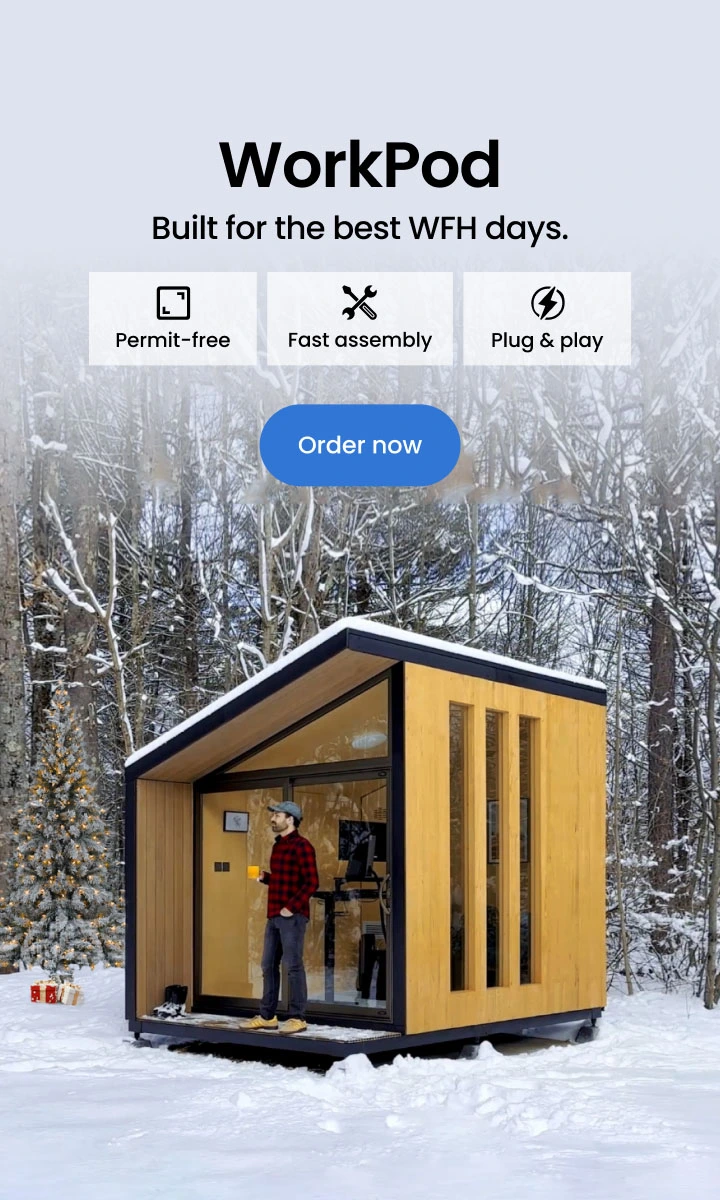
San Antonio ADUs: Your Perfect Housing Solution
Table of Contents
Forbes has marked 2020 as "The Year of the ADU" (ADU meaning; accessory dwelling unit). The increased demand for low-cost homes has coincided with changes in state regulations and improvements in construction technology, making it simpler for homeowners to develop detached structures and multi-family dwelling units.
Similarly, ADUs have been adopted by San Antonio, a thriving city in Texas, as a way to increase housing alternatives and meet the needs of its booming population. To help you build an ADU easily, we have discussed ADU in San Antonio's associated laws and costs below.
Santa Ana ADU Requirements
The City of Santa Ana ADU requirements ensure responsible and sustainable ADU development. These rules specify the conditions for setting up and using ADUs within city borders. To prevent any legal complications and guarantee compliance, citizens and property owners must be aware of these regulations. The principal laws comprise:
1. Zoning
Certain zoning districts, such as Single-Family Residential (R-1) and Duplex Residential (R-2), allow ADUs. To qualify, a detached San Antonio prefab home requires a minimum lot size of 6,000 square feet.
2. Occupancy
Santa Ana ADU requirements put occupancy restrictions on ADUs. Typically, only one ADU is permitted per lot, and the combined occupancy of the primary residence and the ADU must meet local occupancy requirements.
The owner must live in the primary residence or the ADU, and the property must be rezoned to allow more than one dwelling unit if the owner does not reside there.
3. Size
ADUs must be larger than 1,600 square feet or 50% of the primary residence's total living space, whichever is less.
Any property, regardless of the size of the primary residence, is permitted to have an accessory dwelling unit (ADU) that is at least 800 square feet in size.
4. Parking
An exclusive off-street parking place is needed only for San Antonio prefab homes larger than 800 square feet.
5. Infrastructure and Utilities
ADUs must be connected to the primary residence's infrastructure, including the water, sewage, and electrical systems. The current infrastructure should support the extra unit without putting too much strain on it.
6. Height
Attached portable buildings (ADUs) must adhere to the underlying zoning district's height regulations. However, detached ADUs are permitted to be 2 stories and 25 feet tall.
7. Setback
A detached ADU must be three feet from the side and back property lines. They must be fire rated and cannot have an eave overhang. Setbacks from side and rear property lines must be 5 feet according to Santa Ana ADU requirements to avoid any issues.
Recent Changes and Developments
San Antonio has changed several of its restrictions after realizing the value of ADUs San Antonio in meeting housing demands. The city has passed many changes to encourage prefab container homes. However, for the most recent information on the city of Santa Ana ADU requirements, it is advised to reference the local legislation and regulations.
The reduced lot size requirement for detached ADUs is one noticeable difference. Previously, a detached San Antonio prefab home required a minimum lot size of 7,000 square feet, but this has been lowered to 6,000 square feet. More landowners can now think about constructing ADUs because of this move.
The permitting procedure for ADUs has also been reduced in San Antonio to make it quicker and easier to complete. In order to make it easier for homeowners to proceed with their San Antonio portable building projects, the city has put in place steps to speed up the review and approval process.
Permitting Process in San Antonio
Follow the steps listed below to obtain a permit:
- Fill out the affidavit to confirm that the property owner must reside on the premises for the ADU in San Antonio to be used legally.
- Submit a buildSA permit application by simply selecting "Residential Building Permit Application."
- Following receipt, applications are reviewed for completeness for up to 3 business days before being added to the intake queue. Staff will check to see if the application is complete and if all necessary materials for your prefab shed have been submitted.
- Once the plan review fee invoice has been paid, the application is automatically forwarded to a plan reviewer. The initial redline comments for this technical evaluation can take up to 3 business days. Fees for permits are added to the application once the plan has been approved. The permission is issued following receipt of payment.
- Construction is inspected for adherence to established building codes. The prefab ADU in California may be occupied once the Certificate of Occupancy has been granted and all inspections have been successful.
Cost Considerations for the Construction of ADU in San Antonio
San Antonio prefab home construction costs might vary depending on several variables. Several crucial cost factors are listed below:
Construction Costs
Materials, labor, and expert services are often included in the costs associated with building an ADU in San Antonio. The ultimate cost will depend on the design's complexity, the unit's size, and the desired amenities. The average construction cost per square foot can be between $150 and $250, although it is best to get specific quotations from builders for exact calculations.
Architectural and Design Services
The first step in building an ADU is to hire an architect or designer to produce the designs and plans. The cost of these services will vary depending on the design intricacy level, the unit size, and the professional's track record and reputation.
Fees and Permits
One of the most important parts of building an ADU is obtaining the required permissions and paying the accompanying fees. The budget needs to account for San Antonio's unique permit fees, impact fees, and development-related costs. Speaking with the city's permitting office is advisable to learn the precise costs and conditions.
Infrastructure Renovations
Depending on the property's current infrastructure, the San Antonio portable building may require renovations or alterations. This can entail connecting the ADU location to utilities, including water, sewage, and power. Depending on the distance from the primary residence, the state of the current infrastructure, and the particular requirements established by the municipal or utility suppliers, the cost of infrastructure modifications will change.
Maintenance and Operational Costs
After the ADU is constructed, continuing maintenance and operational expenditures will be considered. This covers utilities, upkeep, and any required inspections or permits.
You can efficiently manage the ADU by including these expenses in your budget. And you may even construct a prefab home under $100K.
Why Choose Autonomous WorkPod
The WorkPod stands out from other brands by being optimized to include everything you need for setup, such as a foundation and easy assembly, which takes only 2-3 days. Additionally, the cost of the WorkPod includes essential elements like windows, a door, and lifestyle interior features. The table below provides a detailed cost comparison between the WorkPod and other brands, highlighting the value and convenience of choosing WorkPod.
Conclusion
In San Antonio, accessory dwelling units (ADUs) provide a flexible housing alternative, enabling property owners to build additional living quarters.
We have provided all the ADU San Antonio information above, so you can successfully construct and use small prefab homes to satisfy your housing needs.
Spread the word
.svg)









